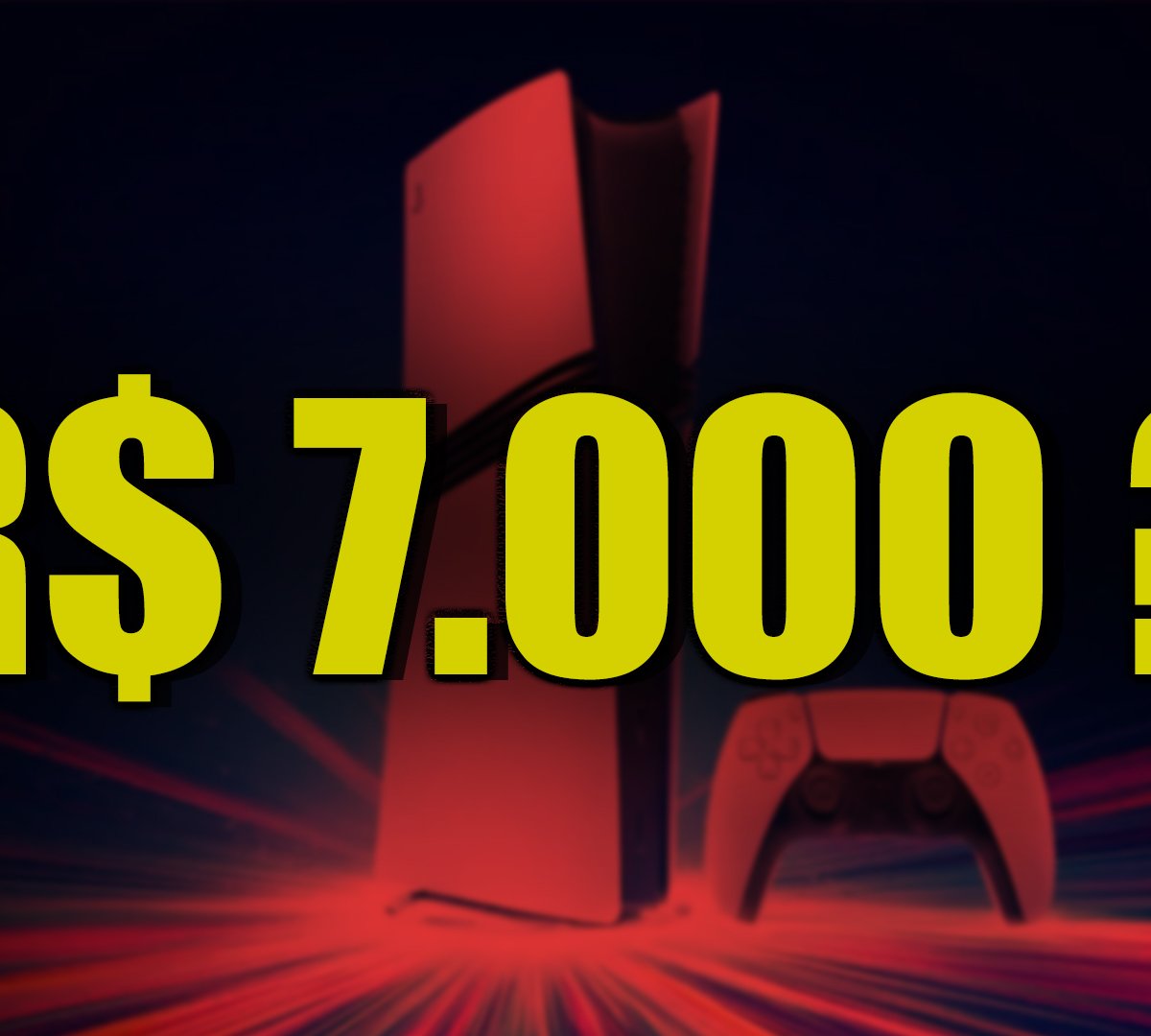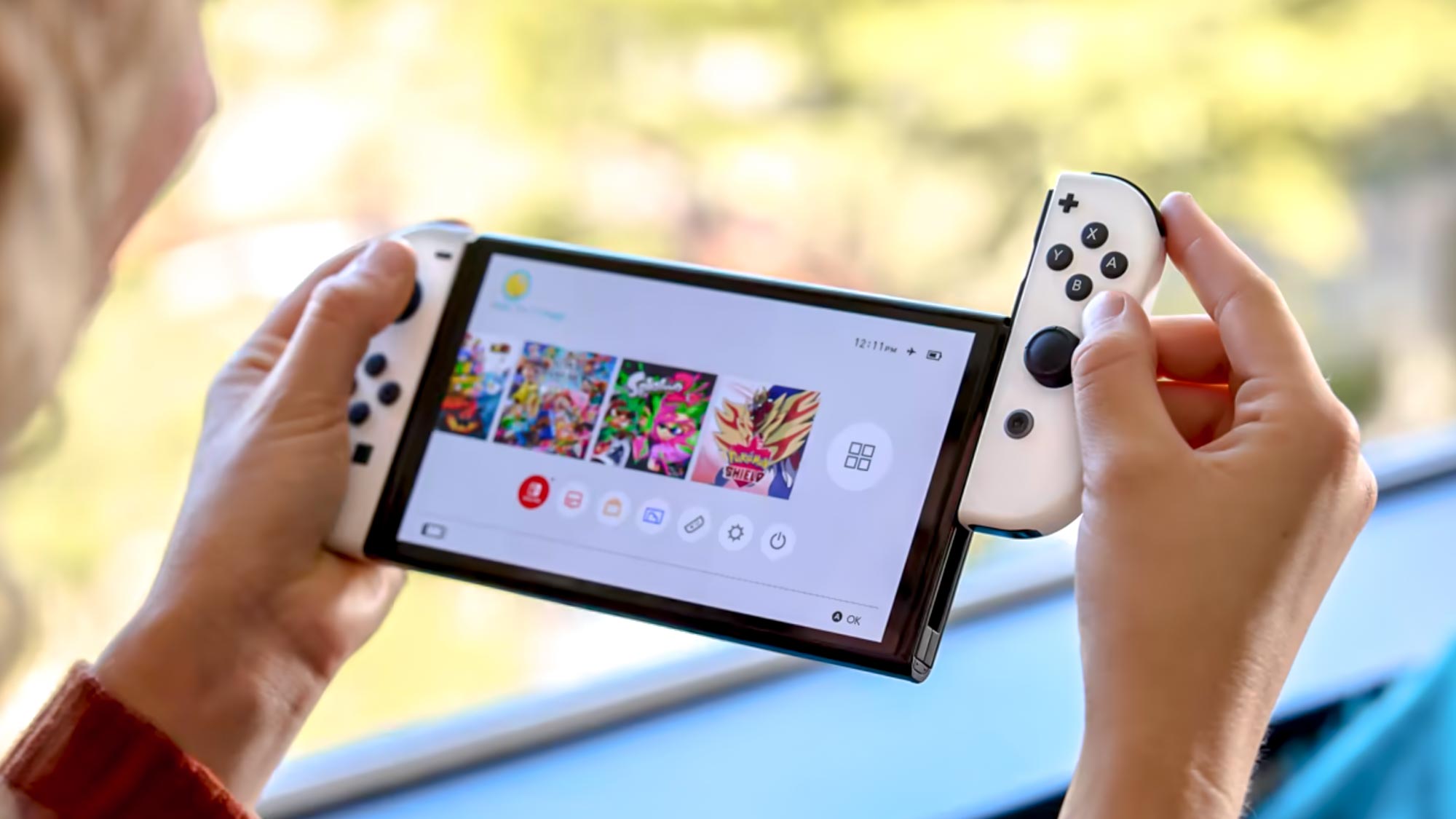
After much anticipation and countless rumors, Sony finally revealed the PS5 Pro in a brief event. As expected, the new model is simply more powerful and capable than the base version, but it doesn’t reinvent the wheel in any way, bringing only proprietary versions of already known technologies — such as DLSS. However, what surprised and greatly displeased was the price, at US$ 799, practically double that demanded at the generation’s debut.
To recap, the PS5 was billed as an upgraded version of the PS4 Pro at launch — the definitive way to play games in 4K. On consoles, the biggest barrier at the time was having to choose between two alternative modes, prioritizing quality or performance. With that in mind, the PS5 Pro could also be called the PS4 Pro 2, precisely because it offers very modest improvements to the public. Its main difference is, in practice, not having to choose between the modes of the base version.
However, a lot has changed in the gaming landscape in the past four years, with the biggest advances happening on PCs as usual. Even for the most developed markets, the PS5 Pro seems like it makes little sense on a cost-benefit basis — but then why would Sony have gambled so big? Well, because it can, at least for now.
What does the PS5 Pro price represent in today’s gaming market?
If the PS5 Pro doesn’t innovate enough, doesn’t have games that justify the advances, and still costs twice as much as the original version, how can its launch still make sense? Well, it’s not cost-effective for the consumer, but it is coherent from the perspective of the gaming market.
To put this into context, on the one hand, we have Xbox struggling to establish a clear market strategy, selling five times fewer consoles than Sony. On the other hand, we have Nintendo, which is still enjoying the lifelong profits of an excellent hybrid handheld from 2017, considered one of the most successful in history — and which should only receive a successor in a year or two. In this situation, PlayStation is comfortable conquering a space without much competition, consequently dictating an aggressive price. contra the public.
And this is no coincidence either: the cost of producing components for consoles has risen over the past four years, but consumer pricing has remained as competitive as possible. To make matters worse, although they are from different niches within the same company, the failure of Concord left a historic loss in PlayStation’s coffers — something that only encourages betting on a more aggressive price for the PS5 Pro to balance the scales.
As detailed in the The Verge, Sony even increased the price of the PS5 by up to 19% in Japan, back in late August — long before the collapse of Concord or the reception of the PS5 Pro. Historically, this was the console’s third price increase in the region since its launch in 2020, with the Digital version increasing by up to 82.5%. This decision only solidifies the need for price adjustments in light of international economic changes.
This isn’t the first time Sony has released such an expensive console.
If you think that the lack of proper competition for the PS5 Pro suggests that Sony is the undisputed winner, you might be mistaken! Well, you need to remember that the new model Premium It’s not the most expensive console the company has ever released — it is. After the massive success of the PlayStation 2, Sony was easily leading the console market and everyone was waiting for the next big platform: the PS3.
In its first version, the PlayStation 3 debuted with a chassis built with premium materials, a Blu-Ray player and a refined finish. The graphics were impressive, it was the advancement that everyone expected, except for one problem — the minimum price of US$ 499 (R$ 2,800) in 2008, or US$ 778 (R$ 4,388) adjusted to current values. For comparison, the most basic PS5 Pro can be purchased for US$ 699, something around R$ 3,950 in direct conversion, since we do not have national values.
PS3 pricing announcement, 2008Source: Reddit
Despite the success of its predecessor, the PlayStation 3 did not win over the public — not all models could play PS2 games, it was expensive and had few new games. With sales below expectations, Sony gave the Xbox 360 enough space to shine as an alternative, crowning Microsoft as the winner of that generation in the future.
There are still those who say that, if it weren’t for the American giant’s mistake with the Xbox One, Microsoft would still be reigning supreme as the leader. With the PS4, Sony regained its momentum and became the leader again — but the market is no longer the same. With the imminent release of a Nintendo Switch 2 and the cost-effectiveness of PCs, PlayStation may be counting on a success it has yet to achieve, once again.
History dictates who arrives first
However, Sony’s comfortable position allows it to test the waters of the market as it sees fit, and if the PS5 Pro sells well, it could potentially dictate the future of console pricing. While it may seem unlikely, this competitive behavior is quite common across the various niches of the industry, and can be seen in cases such as the infamous iPhone chargers or the lack of headphones in the package. Most of the time, these are measures to increase profit margins — after all, that’s the goal of any company.
We’re not saying that the Nintendo Switch 2, for example, will cost $699 at launch — but we will mention that market analyst Hideki Yasuda estimates it to cost around $499, the same price as the PS5. It’s worth noting that Sony’s latest “Pro” console is aimed at a very specific niche of consumers, and it’s not even remotely intended to have mass appeal. However, it’s still a test to see how much consumers are willing to invest.
 Switch is one of the best-selling consoles in history.Source: Nintendo
Switch is one of the best-selling consoles in history.Source: Nintendo
On the other hand, the same applies to the opposite: the rejection of the PS5 Pro, especially due to its modest improvements and high price, could also mean discounts in the future. This was exactly the case with the PS3, which gained new versions and eventually became cheaper, with more games and more solutions for the consumer.
Despite the foundation, it is also important to remember that this discussion is merely speculative. At the end of the day, Sony is a company with the same goals as any other — that is, to seek more profits and stability for investors. Therefore, thinking long-term and looking back on the last decade of the gaming industry, it becomes even clearer that its success in this depends solely on consumers.
Source: https://www.tecmundo.com.br/voxel/289478-opiniao-ps5-caro-sony-concorrencia-permite.htm


